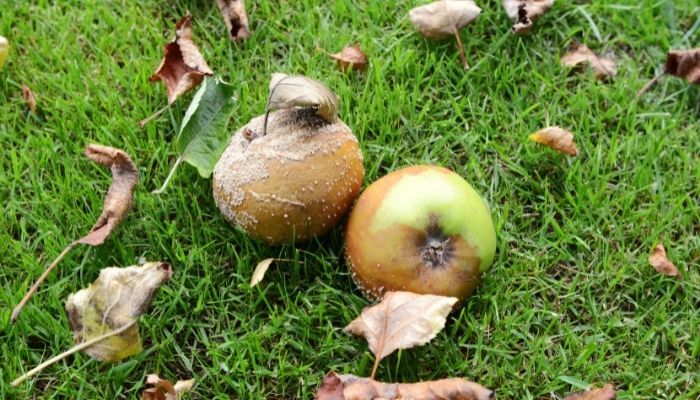
Over the last couple of years, there has been numerous food recalls in Australia due to mycotoxins. Mycotoxins are toxic compounds that are produced by certain moulds and contaminate food. Food producers are ultimately held responsible, but retailers and exporters need to be aware of the problem to avoid food illness outbreaks and reputational damage.
Recent mycotoxin food recalls
The majority of the recent headline-grabbing cases have been apple juices infected with a type of mycotoxin called patulin, which can be found in mouldy or damaged fruits – usually apples.
For example, last year, the Centre for Food Safety (CFS) in Hong Kong found that an apple and blackcurrant drink imported from Australia – called ‘Pure Tassie’ – had high patulin levels and resulted in a recall. The same month, the CFS also found patulin in a brand of apple juice from New Zealand.
A couple of months ago, ‘Original Juice Co. Black Label’s 1.5L Cloudy Apple Juice’ was recalled from supermarkets in New South Wales and Victoria. In September, Coca Cola recalled its ‘Appletiser 750ml’ drink after testing revealed higher than acceptable levels of patulin in the product.
However, patulin is just one type of mycotoxin, and a variety of foods can be affected.
There are around 360 species of mould that produce mycotoxins, but the most harmful are Aflatoxins, Ochratoxin A, Patulin, and Fusarium fungi. The effects on humans vary but include fatal kidney damage, cancer of the throat and kidney, nausea, diarrhoea, and gastrointestinal disturbances. Both humans and livestock are affected.
Aflatoxins are among the most poisonous and can be found in soil, vegetation, hay, and various crops such as grains, cereals, and nuts. Ochratoxin A is found in cereals, coffee beans, vine fruits, wine and grape juice, and other products such as liquorice and spices. Patulin primarily grows in rotting apples but can occur in other fruits, and grains. Fusarium fungi are most common in soils, with moulds appearing on cereal crops.
Mycotoxins can also grow on surfaces such as walls and floors if the conditions are right. The mould can occur at any time, before or after harvest, or during storage. The ideal conditions for growth tend to be warm and humid environments.
The ultimate responsibility lies with food producers and manufacturers, but the whole food chain needs to be aware and vigilant. Given that symptoms can vary dramatically from person to person, cases are usually found through sample testing or if a producer notices mould.
Foods such as grains and fruits must be inspected for any signs of mould. However, it’s also important to be aware that the mould doesn’t just appear on the surface; it can penetrate deep inside and can survive food processing.
As damaged fruit and grains are more prone to moulds, processing and storage need to be done carefully. Efficient drying of foods is crucial, and consequent storage should be somewhere cool, dry, and free from insects. It is recommended that food purchasers try to buy produce that is as fresh as possible and that foods aren’t stored for extended periods.
As always with food production and business, follow the food standards. Cleanliness and vigilance are essential.
By Food Safety Select
As a food business owner, you understand the impor...
View MoreFoodborne illness is a significant concern for Aus...
View MoreThe food industry is no stranger to the threat of ...
View MoreAs a food business owner, it's crucial to ensu...
View More_1.png)